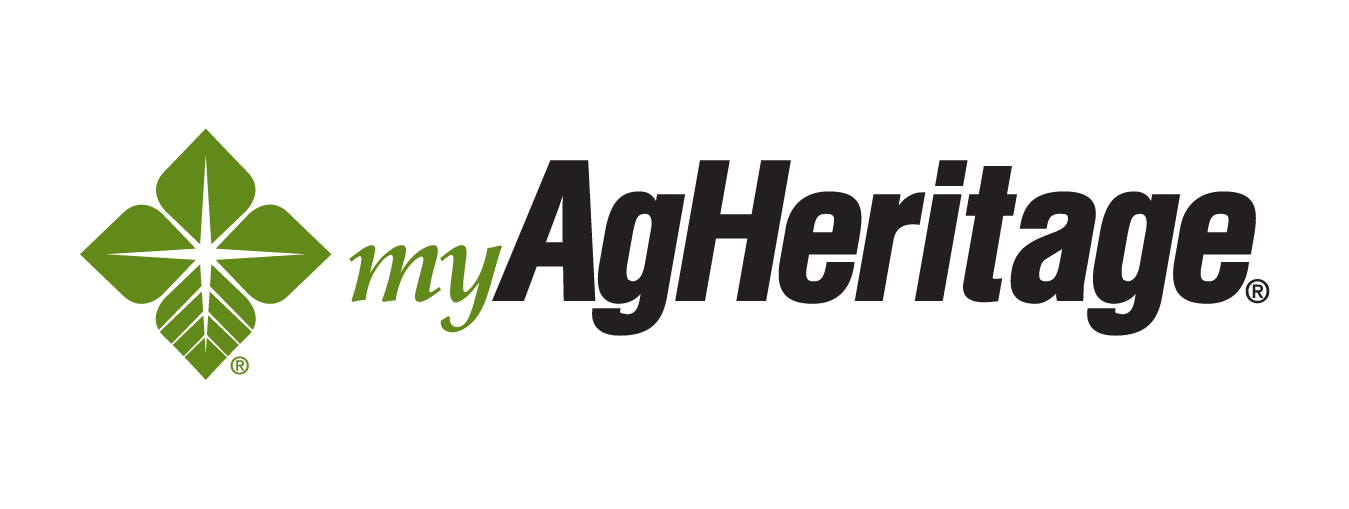JEFFERSON CITY, Mo. (DTN) -- EPA's recent efforts to make pesticide registrations comply with the Endangered Species Act (ESA) have left farmers swimming in a veritable sea of agency alphabet soup and additional rules that can seem overwhelming. This season, three herbicide products -- Enlist One, Enlist Duo and Liberty ULTRA -- carry labels with specific and detailed requirements intended to protect threatened and endangered species.
However, decoding the alphabet soup and getting in compliance can be simplified into a handful of steps, said Stanley Culpepper, University of Georgia Extension weed scientist.
"I'd describe this as a 'crawl before you walk' scenario," Culpepper said. "We need to understand the process and the ultimate goal. We need to know what's expected and what's required. These three labels give us a chance to do that. Maybe we're crawling now, but in a year or two when we hopefully add a few more tools into the weed management toolbox and it's likely to get a little more complex, we'll be running the 100-yard dash."
In a conversation with DTN, Culpepper offered the following five-step process that a farmer can use to simplify their ESA requirements for these three herbicides.
STEP 1: ACCEPT THE REQUIREMENT REALITY
As with any pesticide, the "label is the law." Using a product in a manner that is inconsistent with the use directions on the label is a violation of federal law, specifically the Federal Insecticide, Fungicide and Rodenticide Act (FIFRA), and can result in enforcement actions to correct the violations. The Enlist labels issued in 2022 and the Liberty ULTRA label issued in 2024 all include specific and detailed endangered species requirements with which farmers must comply.
"It's important to understand that even though we have different requirements on these three herbicide labels now, these sorts of requirements are expected to be on all herbicide labels as they are registered or reregistered," Culpepper said. "As a farmer, you have to accept that this is a reality and accept that there are going to be additional requirements for us to apply pesticides."
"We may not like the change, but one positive to this is that these requirements are aimed at putting a pesticide on target and keeping it there," he continued. "Ultimately, that can only help improve pest management and herbicide resistance management on our farms."
STEP 2: CHECK FOR BULLETINS
As described on all three product labels, users are required to visit EPA's "Bulletins Live! Two (BLT)" website and determine if a field falls within a Pesticide Use Limitation Area (PULA). If it does, an Endangered Species Protection Bulletin will be created that provides additional, geographically specific limitations not listed on the products' general labels.
"PULA is the new buzzword for agriculture," Culpepper said. "If you're using these products, you're required to go to the BLT page and see if your field is in one of these PULAs. This has to be done within six months of when you're going to spray the herbicide."
To generate a printable bulletin from the website, three items are required: the field location, which can be entered using an address or by zooming in on the map on the BLT page; the month in which the application will occur; and the herbicide's EPA registration number, which for these products are: Enlist One, 62719-695; Enlist Duo, 62719-649; and Liberty ULTRA, 7969-500.
Culpepper noted the website needs improvements, but EPA is working to make it more user-friendly. To access Bulletins Live! Two, go here: https://www.epa.gov/….
STEP 3: DETERMINE REQUIRED RUNOFF/EROSION MITIGATION CREDITS/POINTS
While some of the terminology on the product labels differs between the two Enlist products and Liberty ULTRA, EPA's goal is the same. By implementing mitigation measures such as field borders, cover crops and buffer strips, farmers reduce the potential for runoff and erosion and avoid off-field movement of pesticides to areas where they might affect an endangered or threatened species.
For each field on which they intend to spray one of the Enlist products, farmers must achieve either four or six mitigation "credits," depending on soil type. For Liberty ULTRA, a minimum of three mitigation "points" is required.
"The Enlist labels came out before EPA finalized the Herbicide Strategy, so they're different than Liberty ULTRA," Culpepper said. "For Enlist, you're limited to the mitigation measures listed in the table that's on the label. For Liberty ULTRA, there are a lot more options."
To see the complete list, a farmer needs to visit EPA's Mitigation Menu Website. The weed scientist noted that EPA has developed a runoff points calculator that a farmer can use to quickly add up mitigation points for practices already in use on a field. While the calculator is only applicable to Liberty ULTRA today, its usefulness will increase as EPA registers and reregisters more herbicides.
Access the mitigation menu and points calculator here: https://www.epa.gov/….
STEP 4: DETERMINE SPRAY DRIFT BUFFER DISTANCE
To further protect endangered species and prevent off-target movement of herbicides, the Enlist labels and Liberty ULTRA label include spray buffer requirements. The Enlist label specifies a 30-foot downwind buffer for ground applications; the Liberty ULTRA label specifies a 10-foot downwind buffer for ground applications and a 50-foot downwind buffer for aerial applications.
"But it's not as simple as a 10-, 30- or 50-foot drift buffer," Culpepper said. "The labels have specific requirements for each application method, including boom height, droplet size and nozzle selection, wind speed and direction requirements, temperature and humidity parameters and more."
"The Liberty ULTRA label includes options for reducing buffer distances, including all the way to zero feet," he noted. "So, it's important to review the labels and make a field-by-field plan for spraying."
STEP 5: DOCUMENT THE PROCESS
It's been said "if you don't write it down, then it never happened," and that adage certainly applies when proving compliance with the endangered species protection requirements for Enlist One, Enlist Duo or Liberty ULTRA. None of the product labels offer specific guidance for documentation; however, Culpepper said it's a critically important step.
"If there's a complaint, then you, as a farmer, may need to protect yourself," he said. "Having a record that shows you went through the process with due diligence is going to be important."
Whether kept electronically or in hard copy form, here's a rundown of records that Culpepper recommends a farmer should keep for every field where any of these three herbicides are applied:
-- Proof that you visited the BLT website within six months prior to or on the day of applying the herbicide. If a field is affected by a PULA, note any additional restrictions beyond the general label and how compliance with those restrictions is achieved. Farmers can print or save PDFs of the bulletins generated when they visit the site.
-- Proof that you satisfied the runoff/erosion mitigation requirements for a specific field. Note the minimum credits/points required for a field and how you earned them. For Enlist One and Enlist Duo, use the table of mitigation options provided on the products labels; for Liberty ULTRA, use EPA's runoff points calculator.
-- Proof that spray drift management guidelines were followed. Record the date and time of application along with weather-related data, such as temperature, wind speed and wind direction, on the day of application. Note the rate of application, equipment used, and any other specific details required by the herbicide label.
"As long as farmers understand the drift buffer and the runoff requirements, they should be able to meet the label requirements for these three products without too much trouble, with the possible exception of a field that's within a PULA," Culpepper said.
Read more from DTN on endangered species and pesticides:
"EPA Releases Final Herbicide Strategy," https://www.dtnpf.com/…
"Comment Period Opens for Liberty ULTRA," https://www.dtnpf.com/…
"Enlist Restrictions Eased in 10 States," https://www.dtnpf.com/…
Jason Jenkins can be reached at jason.jenkins@dtn.com
Follow him on social platform X @JasonJenkinsDTN
(c) Copyright 2025 DTN, LLC. All rights reserved.








